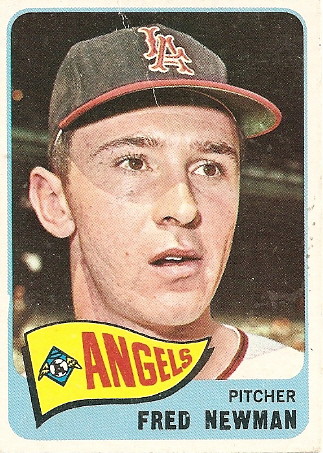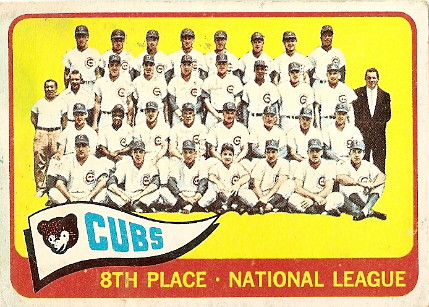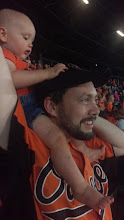 Card number three from reader Ed is another Angel. Has any team had a greater identity crisis than the Los Angeles/California/Anaheim/Los Angeles of Anaheim Angels? All of the commotion about the team's hometown is only further complicated by the fact that they played their home games in 1961 at Wrigley Field! (Obviously, it was another stadium in L. A. that shared a name with the Cubs' home field.)
Card number three from reader Ed is another Angel. Has any team had a greater identity crisis than the Los Angeles/California/Anaheim/Los Angeles of Anaheim Angels? All of the commotion about the team's hometown is only further complicated by the fact that they played their home games in 1961 at Wrigley Field! (Obviously, it was another stadium in L. A. that shared a name with the Cubs' home field.)Signed out of nearby Brookline High School as an amateur free agent by the Red Sox, Fred Newman was taken by the Los Angeles Angels in the expansion draft less than a year later. Fred is looking rather baby-faced in this photo, most likely because he was twenty-two in 1964. Newman's best pitch may have been his sinker, and he was known for his excellent control, which helped him win 13 games in 1964, his first full season in the majors. He sported a 2.75 ERA and allowed less than a hit per inning. He was just as good the following year, allowing just .86 hits per inning and posting a 2.93 ERA. The finest game of his career may have been a 5-0 victory over the Twins on June 30, 1965, in which he allowed just two hits and one walk while going the distance. However, the Angels' quiet bats handed him several tough-luck losses, and he finished with a 14-16 record.
Unfortunately, arm troubles brought Fred's promising young career to a premature end two years and 24 games later. His life game to a similarly premature conclusion, as he died in a car accident in 1987 at the age of 45.



